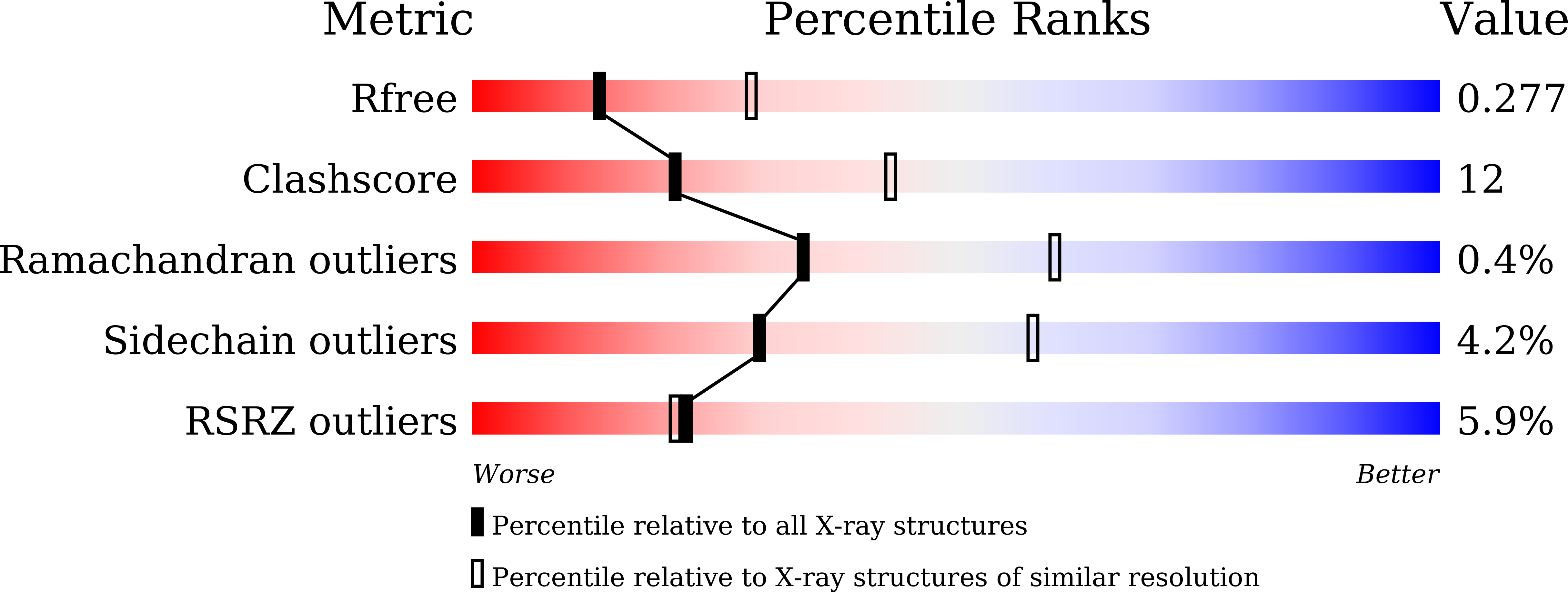
Deposition Date
2020-09-22
Release Date
2020-12-02
Last Version Date
2024-11-13
Entry Detail
PDB ID:
7D42
Keywords:
Title:
Structural basis of tropifexor as a potent and selective agonist for farnesoid X receptor
Biological Source:
Source Organism:
Homo sapiens (Taxon ID: 9606)
Host Organism:
Method Details:
Experimental Method:
Resolution:
2.70 Å
R-Value Free:
0.26
R-Value Work:
0.21
R-Value Observed:
0.22
Space Group:
F 2 3


